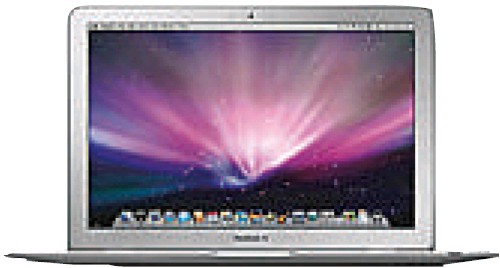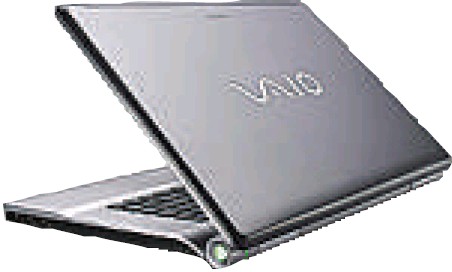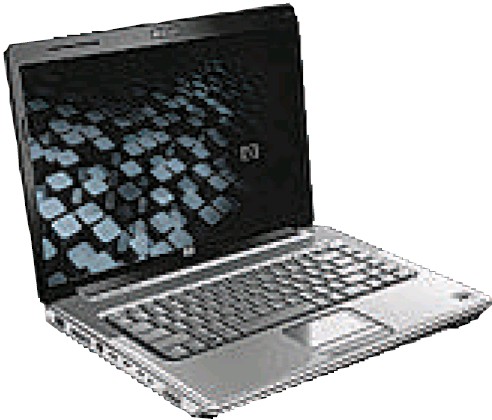yes, it will; Balanced market will let more buyers in
Peter Simpson
Sun
President Franklin D. Roosevelt, in his 1933 inaugural address, told a financially downtrodden America: “Let me assert my firm belief that the only thing we have to fear is fear itself — nameless, unreasoning, unjustified terror which paralyses needed efforts to convert retreat into advance.”
Here we are, 75 years later, listening to president-elect Barack Obama trying to allay the economic fears of Americans with basically the same message, using just three simple words: “Yes, we can!”
Canadians have been suckling on fear for months, brought on initially by the negative U.S. psychology creeping across the border and permeating the psyche of consumers, eroding confidence.
Every morning we awaken to another news report of blood-letting in the stock markets, real estate or employment. Pulling the blanket over one’s head can be an attractive alternative to facing the day.
There is no modern-era precedent to these economic conditions, so fear is a natural reaction. Remember the fear surrounding the dawn of the new millennium, 2000? What happened? Nothing.
Editors, both print and electronic media, have little difficulty choosing the day’s lead story: “If it bleeds, it leads” typically gets the nod. Always has been, always will be, so get used to it.
Keep in mind editors, reporters and broadcasters have families, homes and the same financial commitments as other folks. They, too, worry about these uncertain times, but their jobs are to report events in a factual and balanced manner. Columnists, of course, have the freedom to express their opinions on issues, as long as they don’t run afoul of editorial policy and legal guidelines.
I am in close contact with my counterparts at builders’ associations throughout the U.S. In August 2007, I wrote a Westcoast Homes column in The Vancouver Sun that chronicled the U.S. subprime mortgage debacle, where many factors contributed to nightmarish experiences for many American families.
There was no shortage of finger-pointing. Oversight authorities blamed lenders for predatory practices, mortgage brokers for steering buyers into unaffordable mortgages, appraisers for inflating property values, investors for backing subprime mortgages without proper due diligence, and homebuyers for overstating incomes on loan applications and assuming debt they could not service.
A year ago, housing analysts here agreed we would be insulated from such messes, that home sales would remain at high levels, prices would continue to rise, and there would be no credit crunch.
My goodness, what a difference a year makes. So much for the soothsaying qualities of crystal balls.
The past seven or so years were quite an uphill ride for the homebuilding and real estate industries. People lined up overnight to buy homes. New players with little or no experience enjoyed success after success. Sales were achieved effortlessly. Remember, in a hurricane even turkeys can fly.
Home values in Metro Vancouver increased 13 per cent in 2005, a whopping 21 per cent in 2006, then moderated to single-digit territory last year. Not bad equity gains for many homeowners. First-time buyers, however, had a difficult time climbing onto the property ladder during that period.
Over the past couple of months, sales and home values have dropped to more balanced levels. Canadian banks have tightened lending practices and are being selective about which new projects will be financed.
Developers are prudently re-assessing current and future development plans. The vast majority of projects in the works are proceeding without incident, particularly those offered by solid, core developers who have been through many peaks-and-valleys cycles over the years.
That said, a few new condominium projects are being postponed, some indefinitely, placing buyers in limbo. One such project is in Surrey, developed by an offshore developer. All 901 units in this two-tower project were sold last November, and the building permits were processed recently.
Largely ignored in the postponement story is the significant impact on the sub-trades who were scheduled to work on this project, and the suppliers who were to provide goods and services.
When something major like this occurs, it is like tossing a stone into a still pond — the ripple effect is immediate and far-reaching.
It means 901 sets of kitchen cabinets, countertops and appliances will not be manufactured and installed. The same goes for flooring, drywall, plumbing, electrical, windows, doors, bath fixtures, concrete, steel, lighting and paint. Then factor in about 3,000 tradespeople and other onsite workers.
And new furniture will be put on hold. No need for moving trucks, or cable service. Even coffee wagons will feel the impact. Of course, municipal, regional, provincial and federal governments, and various departments and agencies, will also have to wait for their cash. Make no mistake, there are billions of dollars at play.
In 2007, residential construction in Metro Vancouver alone produced 68,000 jobs, created $8.4 billion in economic impact, generated $3.1 billion in wages, and contributed $1.6 billion in government revenue. And I am not even counting that bloated cash cow, the provincial property transfer tax. Residential construction accounted for 8.5 per cent of the provincial economic output.
Some U.S. municipalities, heavily reliant on development fees to pay the bills, instead of increasing taxes across the general tax base incrementally over time, have now been forced to sell their investments as the development revenue stream has dried up. There’s a lesson in that sad scenario for our municipal governments.
I recently returned from Ottawa, where I spent four days with developers, builders, bankers, insurers, manufacturers and both public and private sector economists from across Canada. Over all, the mood was surprisingly upbeat, and not in a misery-loves-company way. Participants recognized menacing storm clouds are indeed swirling, but they agreed the sky is not about to fall.
Experts believe Canada‘s economic slowdown will be much shallower than in the U.S. Canadian household debt is 30 per cent lower, we have higher savings rates and more equity in our homes. Our mortgage-arrears rate is lower, and we have few subprime-type mortgages and foreclosures.
Our banking system is sound. In fact, the World Economic Forum rates Canadian banks as the strongest in the world. It tells you something when Canadian banks attempt to buy American banks. So, where do we go from here?
This return to a more balanced market, particularly in Metro Vancouver, opens the homeownership door a little wider for first-time buyers. Builders, eager to gain an advantage over competitors, are offering limited-time incentives such as product upgrades and mortgage packages. Buyers can take time to assess their situation and look for a home that both serves their needs and meets their budget.
If you are selling a home, then buying another in this region, the sale and purchase prices should be relative. If you have owned your home for a while, your equity gain will be significant. For example, last month a White Rock home was listed at $1.1 million. In 2001, it was purchased for $392,000.
And if you purchased a home earlier this year and are worried it might have lost some of its value recently, don’t lose any sleep over your decision. Your investment is a home for your family, not some short-term commodity stock. Real estate values come back, and then some.
They always do.
Metro Vancouver housing starts (January to October) are four per cent ahead of the pace set last year, which was the strongest year since 1993.
The year will end with 19,000-plus starts. The forecast for 2009 calls for an easing to 16,500 starts, still a far cry from the meagre 8,203 in 2000.
The Obama factor will play a significant role in the American comeback psyche, which, like the negative news, will spill across the border to us.
Obama’s call for change, coupled with a struggling economy, resonated with the electorate — the highest turnout ever for a presidential election.
If Americans truly believe Obama will deliver the changes necessary to improve their lot in life, that should help — temporarily, at least — to calm the troubled waters and improve consumer confidence.
Just before the U.S. election, some major housing markets were showing signs of stabilization.
American builders tell me they are pressing for housing-stimulus bills, including an enhancement of the newly launched homebuyer tax credit program, and a new program to lower interest rates for the purchase of a new home.
Builders believe both proposals would help to alleviate falling home values, which are at the core of the current economic malaise.
The Canadian Home Builders’ Association is working with federal agencies to improve housing market conditions, including a recommendation to the federal government that the withdrawal from a tax-free savings account (TFSA) be tax-deductible if used for a down payment on a home.
The tax deduction would be based on a ladder rate to encourage self-discipline in homeownership savings — the more withdrawn for a home purchase, the greater the tax deduction.
For example, if the withdrawal is equal to 10 per cent of the underlying house value, then, say, 50 per cent of the withdrawal is tax-deductible; if the ratio increases to 20 per cent of the house value, then all the withdrawal would be tax-deductible.
Metro Vancouver is well positioned to bounce back. According to leading demographers, we will need to accommodate another million people during the next 10 to 15 years. And during the 2010 Olympics, more than three billion pairs of eyes will be focused on us, creating interest from investors, tourists and families looking to live in one of the most livable regions on the planet.
The extent of the economic decline was unpredictable; the unwinding might be just as unpredictable. All I know for sure is we are one day closer to an improved economy and strong housing market.
Yes, we are.
Peter Simpson is chief executive officer for the Greater Vancouver Home Builders’ Association.
© The Vancouver Sun 2008















